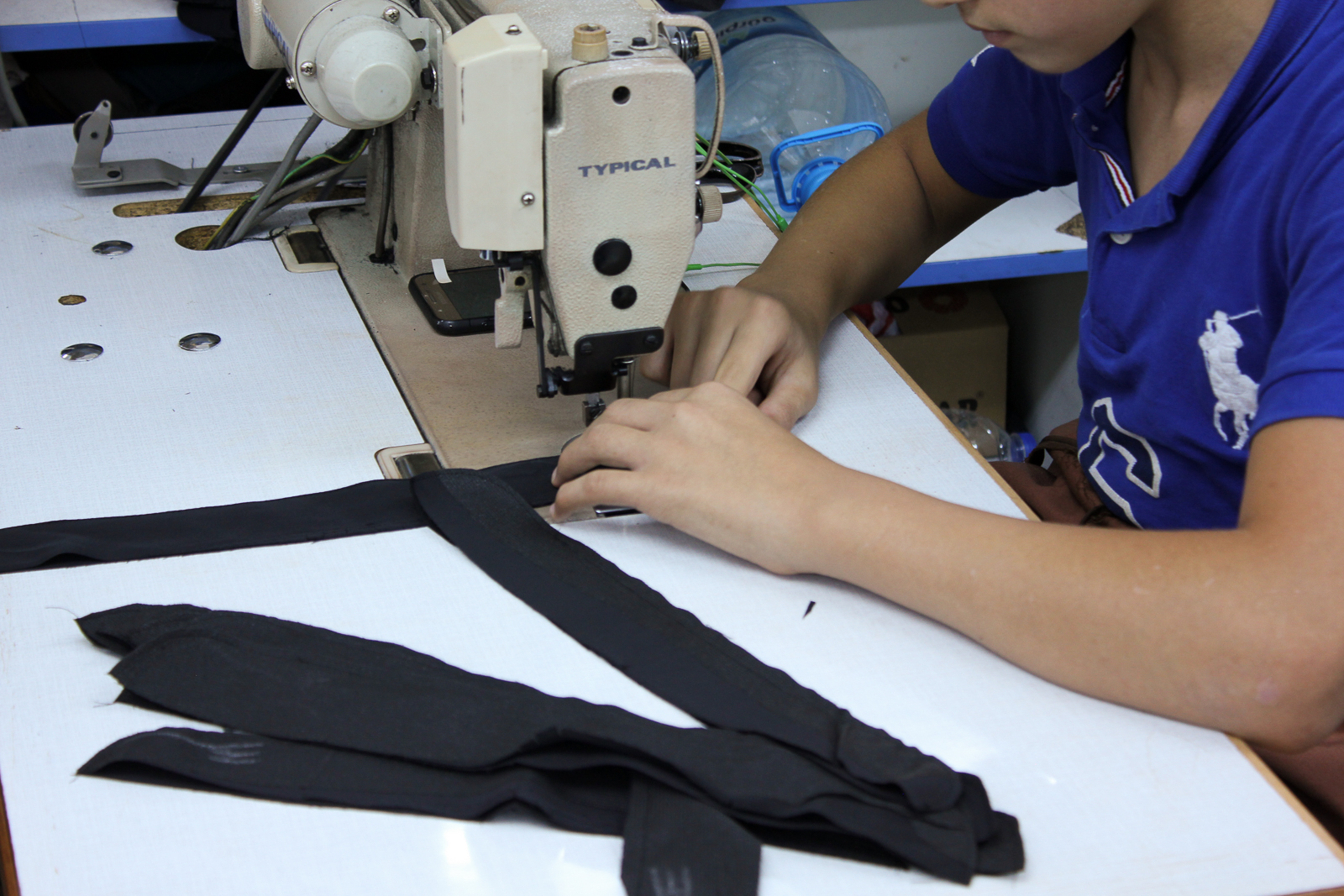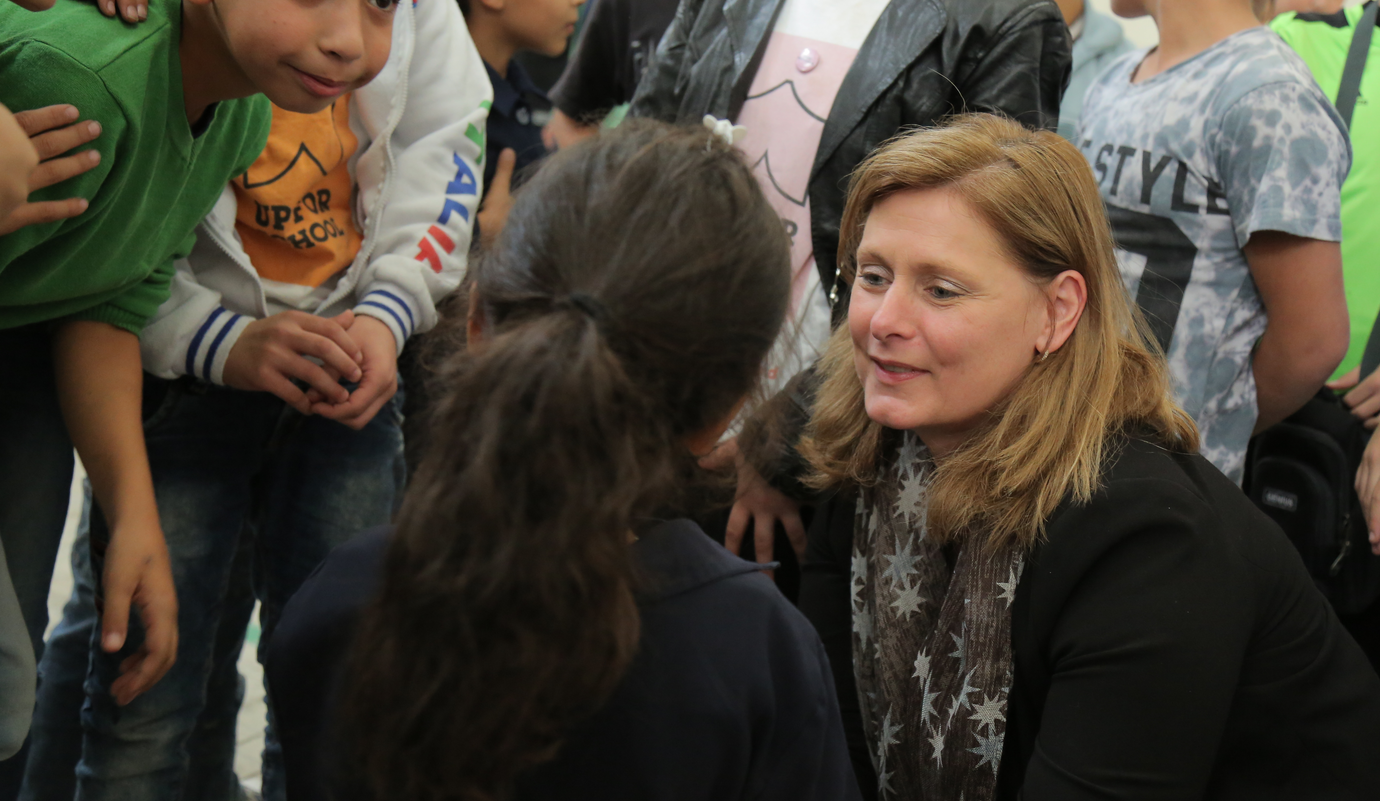
Young Indian children miss school to make shoes for global market
Barriers to education, Child labour, Right to education
New research found children as young as eight working long hours from home - and only half of them are getting an education.
Children as young as eight miss school and toil in hazardous conditions to make shoes for the global market in Agra, the city of the Taj Mahal, campaigners said.
They called on shoe brands to work with the local government to clean up their supply chains.
As well as a tourist attraction, Agra is a major shoe-making centre, producing nearly 200 million pairs of shoes annually in an industry that employs a quarter of the city’s population, according to research by the Fair Labor Association (FLA).
Children in small informal workshops and households were found to be involved in the manufacturing process, from hand and machine stitching to applying adhesive and packing shoes, the report said.

“They have no access to schools in their neighbourhoods, which makes them available for work,” said Venkat Reddy of MV Foundation, a non-profit organisation and member of the Stop Child Labour Coalition that commissioned the research.
“We found the children followed no fixed work hours as most of them worked at home. They don’t take breaks as they earn by each piece they make,” Reddy told the Thomson Reuters Foundation.
“The children we met worked in groups in small, poorly ventilated rooms all day, which poses a health risk. They never played.”
Labour officials in Uttar Pradesh state in north India where Agra is located did not respond to requests for comments.
Only half of the children making shoes or those living in the areas surveyed were enrolled in school, found the study that was supported by global footwear brands sourcing from Agra.
India is the world’s second largest producer of footwear and leather garments. Almost 90% of India’s footwear exports go to the European Union, according to a report by the India Committee of the Netherlands (ICN).
About 2.5 million Indian workers toil for long hours with toxic chemicals for poverty wages in the leather industry, said the ICN report released earlier this year.
The FLA research in Agra found that factories exporting shoes had taken measures to prevent child labour, but the subcontracting of work to small production units or homes meant many workplaces escaped scrutiny.
Sofie Ovaa, coordinator of the Stop Child Labour Coalition, said a combination of higher wages, community-based efforts to discourage child labour and top-down regulations were needed to stamp out the practice.
More news

“Education can help to end child trafficking”
